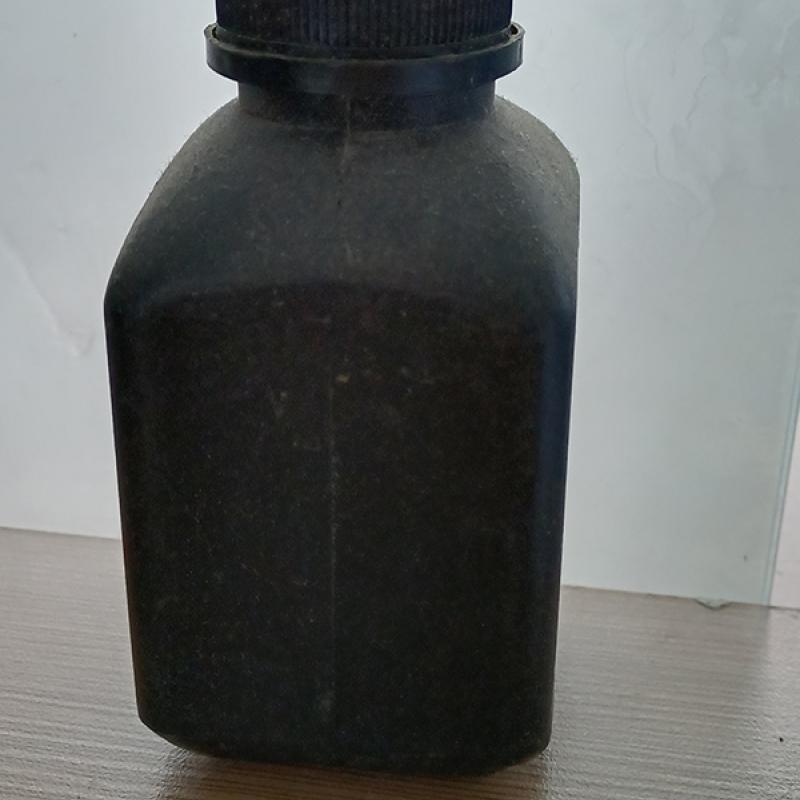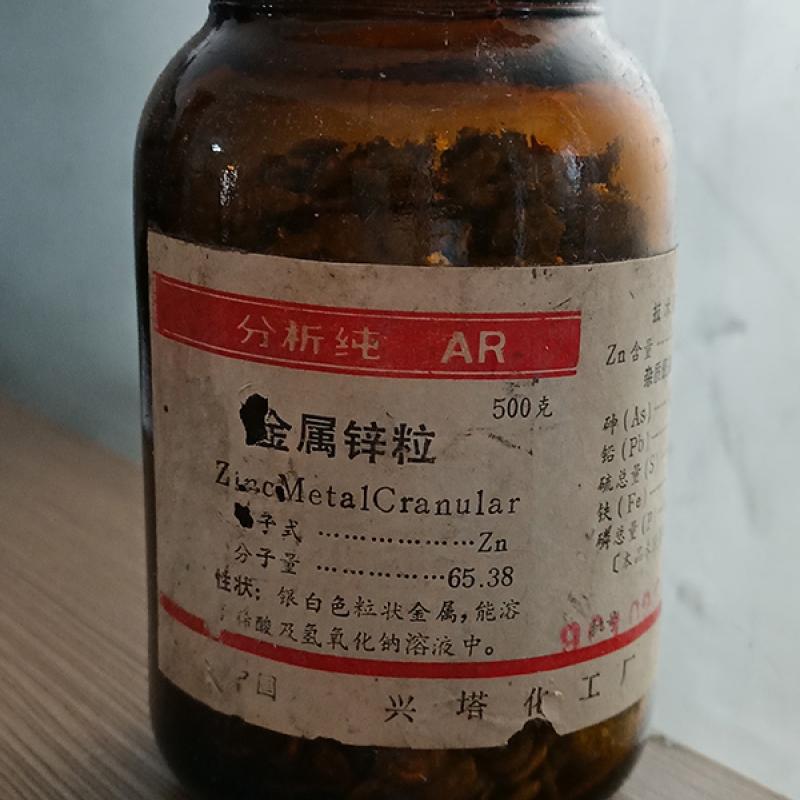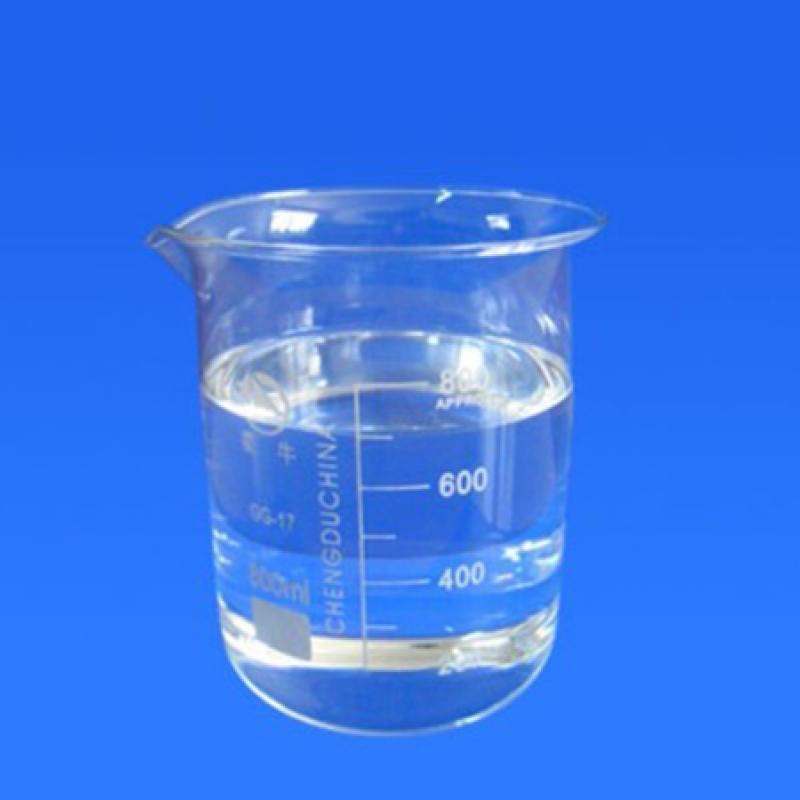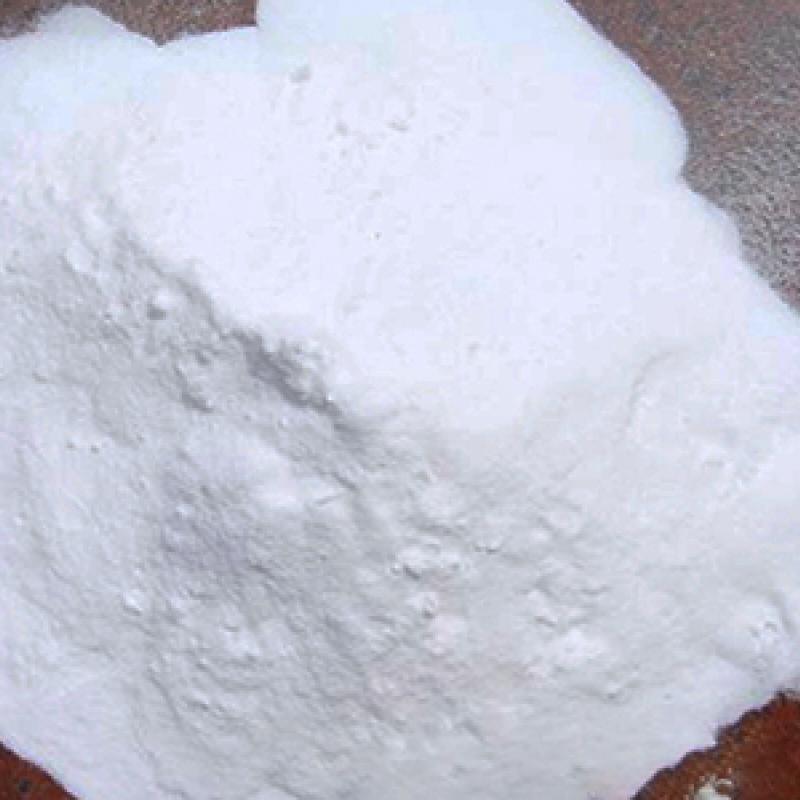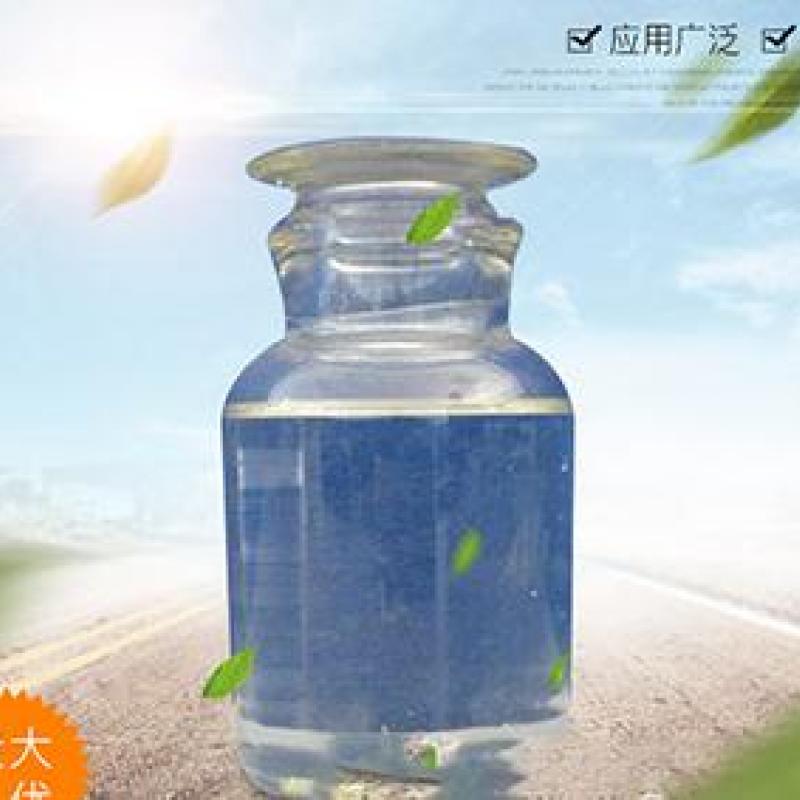Arsenic-free Zinc-manufacture,factory,supplier from China
(Total 24 Products for Arsenic-free Zinc)
Appearance and traits: white crystals, extremely salty, non -toxic. It is easy to solverate in water, ether, glycerin and alkali, slightly soluble in ethanol, but insoluble in water -free ethanol, which is hygroscopic and easy to lump; New potassium salt is generated by reciprocating and disintegrating.
Contact Now
Zinc Borate is an environmentally friendly non -halogen flame retardant. It has the characteristics of non -toxic, low -water solubility, high heat stability, small particle size, small gravity, and good decentralization. As a high -efficiency flame retardant Rubber, coatings and other fields.
Contact Now
Molecular weight: 65.39
Grade: 5N
MDL number: MFCD00011291
EC number: 231-175-3
Contact Now
insoluble in benzene, chloroform, carbon tetrachloride, carbon disulfide, petroleum ether and oils, it's miles the skeleton factor of triglyceride molecules.
Contact Now
Melting point -70°C boiling point: 135.1°C solubility can be miscible with water and most organic solvents such as ethanol
Density (D4) 0.925-0.935
The relative density (water=1) is 0.94; the relative density (air=1) 3.10 is stable
Danger marks 7 (flammable liquid) and 14 (including drugs) are mainly used as solvents, as well as leather colorants, emulsifiers, stabilizers, paint thinners, paint removers, etc.
Contact Now
Features: Contains two hydroxyl groups and one amino group. Hydroxyl reduces the vapor pressure, increases the solubility, is conducive to the absorption of acid gas, and can increase the concentration, reduce circulation, and reduce energy consumption. The presence of the methyl group in the amino group reduces the alkalinity and activity of the amino group and reduces the CO2 absorption rate.
The molecular weight is 119.16, the melting point is -21°C, the flash point is 127°C, the freezing point is -21°C, and the refractive index is 1.4678. The viscosity (20°C) is 101 MPa·sec.
Contact Now
Solubility: insoluble in water, soluble in most organic solvents such as alcohol, ether.
Contact Now
Appearance and properties: white or almost white fibrous or granular powder
Density: 1.39 g/cm3
Solubility: almost insoluble in absolute ethanol, ether, acetone; swelling in cold water into a clear or slightly dirty colloidal solution
Stability: The solid is flammable and incompatible with strong oxidants.
Contact Now
Solubility: Insoluble in water, acid and alkali, but soluble in organic solvents such as alcohol, ether and benzene.The preparation methods of biphenyl include the chemical composition method of making biphenyl through benzene pyrolysis and the separate extraction method of making biphenyl through various coal tar fractions. The mass fraction of biphenyl in coal tar is 0.20%-0.40%, and coal tar extraction method and chemical composition method coexist.
Contact Now
Properties: White or slightly yellow scaly crystals with unique fragrance.
Solubility: Insoluble in water, acid and alkali, but soluble in organic solvents such as alcohol, ether and benzene.
Contact Now
Methacrylic acid is colorless crystal or transparent liquid with pungent odor. Soluble in hot water, soluble in most organic solvents such as ethanol and ether. Easily polymerized into water-soluble polymers. Combustible, there is a danger of burning in case of high heat and open flame, and it can produce toxic gas when heated.
Contact Now
The molecular weight is 119.16, the melting point is -21°C, the flash point is 127°C, the freezing point is -21°C, and the refractive index is 1.4678. The viscosity (20°C) is 101 MPa·sec. The latent heat of vaporization is 519.16KJ/Kg. Colorless or light yellow viscous liquid, boiling point 247℃, soluble in water and ethanol, slightly soluble in ether. Flammable. It is non-toxic, LD504780mg/kg. It is a new solvent for selective desulfurization and decarbonization with excellent performance.
Contact Now
Appearance: Light yellow to white granular crystals (semi-circular) white to light yellow loose crystals, heating is made black. Microfincture.
Content: ≥ 85%
Melting point: 98-102 ° C
Dry loss: ≤0.2%
Contact Now
its density is 1.542g/cm3, its melting point is 153-159℃, and water and carbon dioxide are differentiated and launched above a hundred seventy five℃. citric acid is without problems soluble in water and ethanol, its solubility is 59% at 20℃, and the ph of its 2% aqueous solution is 2.1.
Contact Now
Light yellow to white granular crystals (semi-circular) white to light yellow loose crystals, heating is made black.
Contact Now
Hypromellose (Hypromellose), also called hypromellose, is one of the non-ionic cellulose mixed ethers.
Contact Now
Glycerol, also called glycerol, with the chemical formula c3h8o3, is colorless, odorless, sweet, with a clean and viscous liquid appearance. it's miles an organic substance that may take in moisture from the air, as well as hydrogen sulfide, hydrogen cyanide and sulfur dioxide. insoluble in benzene, chloroform, carbon tetrachloride, carbon disulfide, petroleum ether and oils, it's miles the skeleton factor of triglyceride molecules.
Contact Now
Ammonia, also known as Amonia water, can be written as NH3(aq), which is an aqueous solution of ammonia, colorless, transparent and has a pungent odor.
Contact Now
Relate News
Antioxidants are substances that block the adverse effects of oxygen. It is a class of substances that can help capture and neutralize free radicals, thereby eliminating the damage caused by free radicals to the human body.
Antioxidants refer to food additives that can prevent or delay the oxidation of food, improve the stability of food and prolong the storage period. The correct use of antioxidants can not only prolong the storage period and shelf life of food, bring good economic benefits to producers and consumers, but also bring better food safety to consumers.
Antioxidants can be used as hydrogen donors to scavenge free radicals generated during the chain initiation stage, thereby inhibiting or reducing the oxidation of oils. Therefore, in order to delay the oxidation of fats and extend their shelf life, the most common and effective way is to add antioxidants to the fats.
Acetic acid, commonly known as acetic acid (AcOH) because it is the main component of vinegar, is one of the most important fatty acids. In nature, it occurs in many plants as free or esters. Molecular formula CH3COOH.
Antifoaming agent refers to a substance that can reduce the surface tension of water, solution, suspension, etc., prevent the formation of foam, or reduce or eliminate the original foam. In the papermaking process, due to unreasonable sizing, poorly washed pulp, alkaline fillers used in acid systems, and various additives, foams will accumulate in the wet end of the papermaking system, resulting in the formation of foam dots on the paper.
Titanium dioxide naturally exists in titanium ores such as titanium ore and rutile. Its molecular structure gives it high brightness and covering properties, but it must first be chemically extracted and purified. More than 60 years ago, DuPont invented the chlorinated titanium dioxide production process. Compared with the old sulfuric acid process, it can manufacture high-quality pigment products while reducing environmental emissions and Chemicalbook energy consumption.
Water retaining agent (for bread, cake); Carrier solvent (for spices, pigments, water-insoluble preservatives, etc.); Thickener (used for beverages, liquor preparation, etc.) Plasticizer (candy, dessert Chemicalbook, meat products); Sweeteners. EEC regulations can be used for alcoholic beverages, candies, cakes, coating glazing, meat and cheese coating, non-alcoholic beverages, baked products, gum, gelatin sweets, etc.
Oxygen is a colorless and odorless gas. It is not easily soluble in water. It has a density greater than air and supports combustion.
Comb grass is a characteristic plant that can be grown all over China. The oil processed from the seeds of comb grass is comb grass. Glycine max is a special medicine made from oil, which has extremely high medicinal value.
About 78% of nitrogen gas can be used to make ammonia, nitric acid, nitrate, cyanide, etc. When making explosives; filling high-temperature thermometers and incandescent bulbs; forming inert material preservation materials for drying boxes or glove bags.







